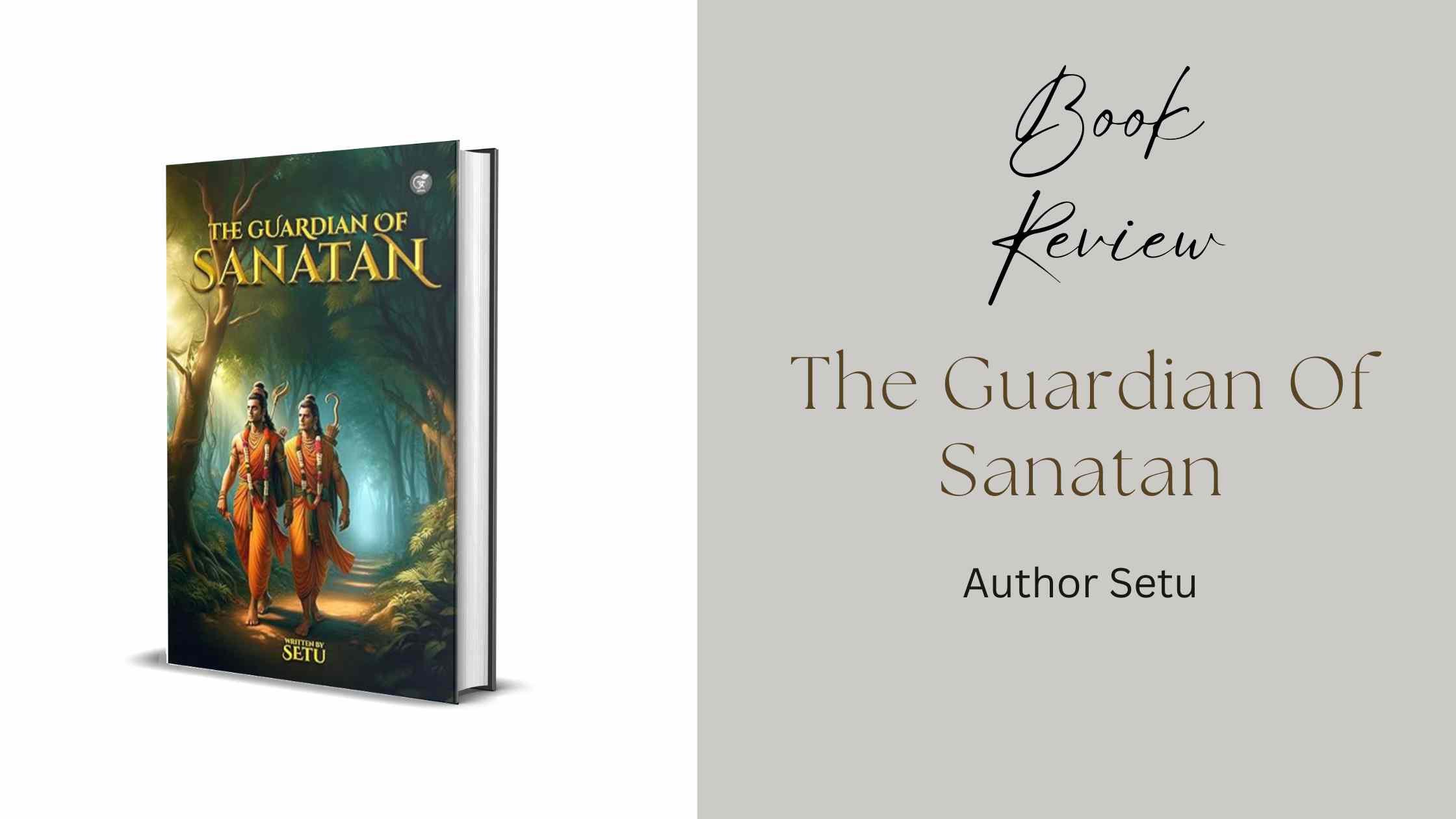
In “The Guardian of Sanatan,” Setu invites readers on a transformative journey that bridges the ancient wisdom of the Ramayana with the complexities of modern life. As an IT professional hailing from Uttar Pradesh, Setu brings a unique perspective to his debut work, infusing it with both scholarly research and personal interpretation. The book serves as a beacon for contemporary readers who may feel disconnected from their spiritual roots in an increasingly fast-paced, corporate world. By addressing pivotal questions about Lord Vishnu’s incarnation as Lord Ram and the significance of Ram’s exile, Setu seeks to reignite a sense of spiritual heritage among busy professionals, encouraging them to explore the timeless teachings of Sanatan Dharma.
What sets this book apart is its ability to make ancient wisdom accessible and relevant to today’s generation. Setu’s meticulous research is evident throughout the text, as he expertly weaves together stories from the Ramayana with insights that resonate with modern dilemmas. He skillfully navigates complex themes such as duty, sacrifice, and love, offering profound reflections that encourage readers to ponder their own life choices in light of these teachings. The author’s commitment to bridging tradition and modernity ensures that each chapter feels both enlightening and engaging, inviting readers to reflect deeply on the narratives while applying their lessons to contemporary life.
Setu’s personal journey and background play a significant role in shaping the narrative. Growing up in a family steeped in the teachings of the Shri Ramcharitmanas, he shares his own experiences and realizations, making the text not just an academic exploration but also a heartfelt testimony to the impact of these teachings on his life. His reverence for the Ramayana is palpable, and his writing often reads like a conversation with a mentor rather than a traditional book. This approach fosters a sense of connection with readers, as he encourages them to view the Ramayana not just as a historical text, but as a living guide that can illuminate their paths.
The book also serves as a reminder of the importance of maintaining a spiritual connection in an age that often prioritizes material success over inner growth. Setu’s reflections on the relevance of the Ramayana’s teachings in navigating relationships and ethical dilemmas in the modern world offer a refreshing perspective. By emphasizing the teachings of Lord Ram as a moral compass, he inspires readers to embrace values such as devotion, righteousness, and selflessness, which are often overshadowed by contemporary pressures.
In conclusion, “The Guardian of Sanatan” is a remarkable debut that effectively marries ancient wisdom with modern life challenges. Setu’s thoughtful insights and personal anecdotes create a compelling narrative that not only educates but also inspires. This book is a valuable resource for anyone seeking to deepen their understanding of the Ramayana while finding guidance for their own spiritual journey. By rekindling the connection between past and present, Setu ensures that the timeless lessons of the Ramayana will continue to resonate with future generations.

